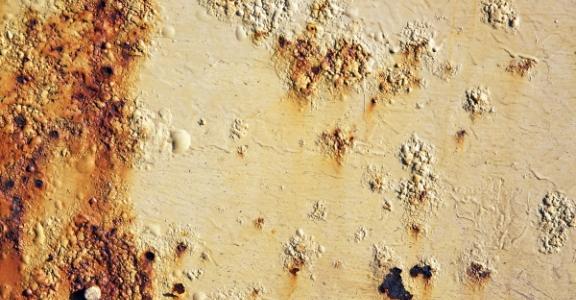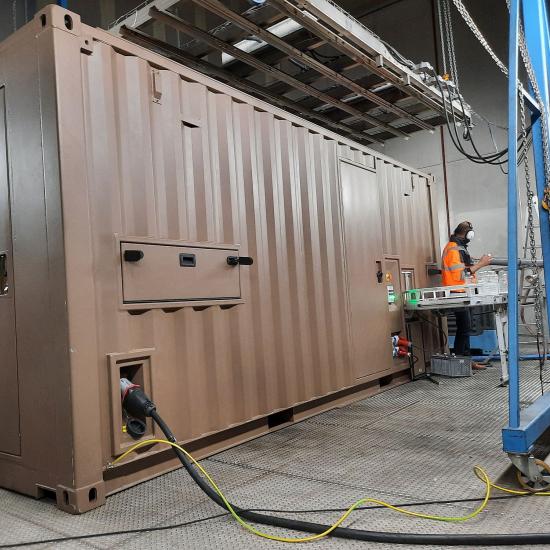Moisture build-up and condensation can cause damage on a variety of surfaces. Moisture and condensation testing can prevent damage from mould, defects or discoloration of parts. What tests are there and what do they entail? We highlight them here for you.
Moisture build-up in and between packaging materials during storage can result in damage to coated parts. The action of moisture, whether or not in combination with any harmful substances from the environment on materials is also a cause of blistering, corrosion formation or structural failure.
Applying a coating or impregnation to walls and wood prevents mould and wood rot, and preserves its natural appearance. Coatings on metals provide protection against corrosion and moisture penetration.
Not surprisingly, a moisture load test of components and coated materials is standard in qualification guidelines. Often the criterion is that the adhesion after moisture loading should not be worse than before the test. Another important criterion is that no blistering should occur under the applied coatings.
Blistering due to osmosis
Osmosis or water transport through the coating occurs due to differences in the concentration of soluble salts or hydrolysis reactions with the formation of acids, resulting in blistering or corrosion phenomena.
Condensation test
The ISO 6270 and DIN 50017 standards describe a continuous condensation test or vapour test for determining the resistance of paints and varnishes to moisture. The test can be either one-sided (ISO 6270-1) or two-sided (ISO 6270-2).
In a one-sided setup, the coated steels form the wall of the device and the additional temperature difference between the inside and outside creates a temperature gradient, which can cause additional stresses in the coating.
During a two-sided test, the parts are placed in a chamber with 100% relative humidity, causing condensation to occur on both sides of the specimen. ISO 6270-2 also describes two test variants of a cyclic test, wherein air temperature and humidity change by lowering the temperature or ventilating the test chamber.
ISO 6270-2 is part of Qualicoat specifications (wet coating and powder coating on aluminium) and ISO 6270-1 is included as a test for the Qualisteelcoat label for coated (structural) steel, referring to the qualification criteria for the different corrosion classes according to table in ISO 12944-6.
ASTM D2247 describes the same type of test at a temperature of 38°C.
Climate and simulation testing
Condensation often occurs with changes in temperatures and thus will also occur in climate tests with varying cycles of cold and heat temperatures. Sirris also has a climate chamber to simulate these conditions.
During UV ageing tests in a QUV chamber, samples are exposed to alternating cycles of UV exposure and condensation to simulate periods of day and night.
It is also possible to combine the moisture load with a more aggressive environment by using an acidified solution in a salt spray test or a Kesternich test. Such environments allow for the evaluation of the resistance of coated specimens in corrosive environments or in environments such as swimming pools.
You can read what such tests can mean in practice in this reference!
Further reading on condensation testing? You can do that here!
Want to know more about our testing options? Contact us or take a look at our test lab's webpage!
(Source picture: https://www.dreamstime.com)





